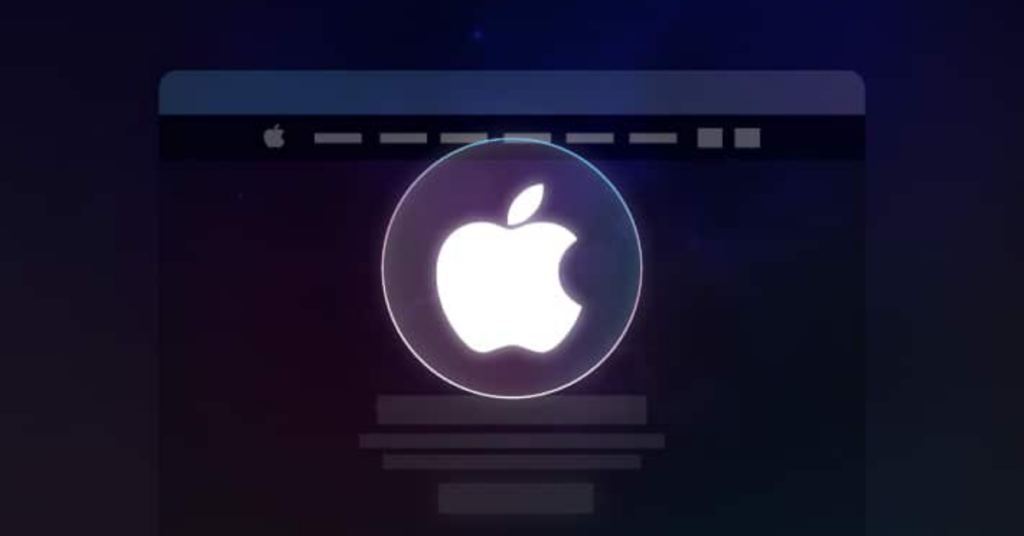In the fast-paced world of software development, keeping up with the latest trends and advancements is crucial for success. The recent launch of GitHub Models is a major achievement in the world of enterprise innovation, providing developers with a robust platform for exploring generative AI experimentation. This advancement is not just another tool in the developer’s toolkit; it has the power to revolutionize how businesses approach software development, product innovation, and market competitiveness.
A Calculated Step in AI-Driven Development
Let’s get straight to the point: GitHub Models is a strategic initiative that empowers developers with easy access to a wide range of AI models. Imagine it as a versatile tool for AI-driven development. It’s not only about having access to these models; it’s about effortlessly switching between them, evaluating their capabilities, and seamlessly incorporating them into applications that can be easily deployed.
This is particularly exciting for medium-sized businesses. Why? Because it creates a fair and equal opportunity for everyone involved. Experimenting with cutting-edge AI is now accessible to everyone, regardless of the size of their resources. GitHub Models opens up access to these powerful tools, enabling companies of all sizes to innovate at a speed that was once limited to larger enterprises.
Utilizing GitHub Models for Concrete Outcomes
However, it’s important to remain grounded and not let ourselves be swept up in the excitement. The true worth is found in practical implementation. How can companies utilize this technology to achieve concrete outcomes? Here are a few important areas to consider:
1. Faster Development Cycles: By utilizing AI-powered code generation and automated testing, development teams can greatly decrease the time it takes to go from concept to deployment. This is not about replacing developers; it is about enhancing their abilities and allowing them to concentrate on more valuable tasks.
2. Improved Bug Detection and Code Quality: AI models have the ability to analyze code patterns and identify potential issues before they escalate into larger problems. This proactive approach to quality assurance can help prevent future issues and save valuable time in the long run.
3. Emphasizing Product Development: By leveraging the power of rapid prototyping and iteration, product teams can effectively explore and implement new ideas and features. This can result in the development of more cutting-edge products and a more formidable position in the market.
4. Cost Optimization: Embracing these new tools may require an initial investment, but the long-term advantages, such as improved productivity and decreased errors, can result in substantial cost savings.
Now, let’s discuss the obvious topic at hand: How does GitHub Models compare to competitors such as Amazon Bedrock? Although both platforms have a similar goal of offering a space for AI experimentation, GitHub Models appears to be more focused on catering to developers. The seamless integration with the wider GitHub ecosystem and the convenient deployment to Azure via CLI make it a valuable advantage for teams that are already utilizing these technologies.
Comparative Capabilities and Business Integration
However, the true power of GitHub Models lies in its ability to compare and analyze data. Having the flexibility to seamlessly transition between various AI models and libraries empowers developers to evaluate performance and select the most suitable tool for each unique task. It’s not only about locating the “top” model; it’s about discovering the ideal model for every distinct challenge.
Business leaders must recognize the importance of adopting these AI-driven development tools as a necessity. It’s an essential step in staying ahead in an industry where innovation cycles are getting shorter and shorter. However, mere adoption is insufficient. The crucial aspect is to cultivate an environment that promotes exploration and ongoing education.
Embracing Cutting-Edge Technology for Enhanced Products
Allow me to offer some guidance: Begin with small steps, but begin immediately. Find a project that is not of utmost importance where your team can explore GitHub Models. Motivate your developers to thoroughly explore the capabilities of the technology, analyze various models, and provide feedback on potential applications that align with your unique business requirements. This practical experience will be extremely valuable as you expand your AI-driven development efforts.
Keep in mind, the objective is not to blindly follow the AI trend without a purpose. It’s all about utilizing these tools to enhance product quality, optimize operations, and ultimately provide greater value to your customers. GitHub Models offers a robust platform to accomplish exactly that, but it’s your responsibility to transform that potential into actuality.
Embracing the Future of Software Development
Ultimately, GitHub Models signifies a notable advancement in the accessibility of AI-driven development. For medium-sized businesses, it presents a unique chance to drive innovation on a larger scale. It is crucial to consider the integration of these capabilities into your development processes, rather than questioning whether you should explore them. Are you prepared to embrace the cutting-edge of software development?




